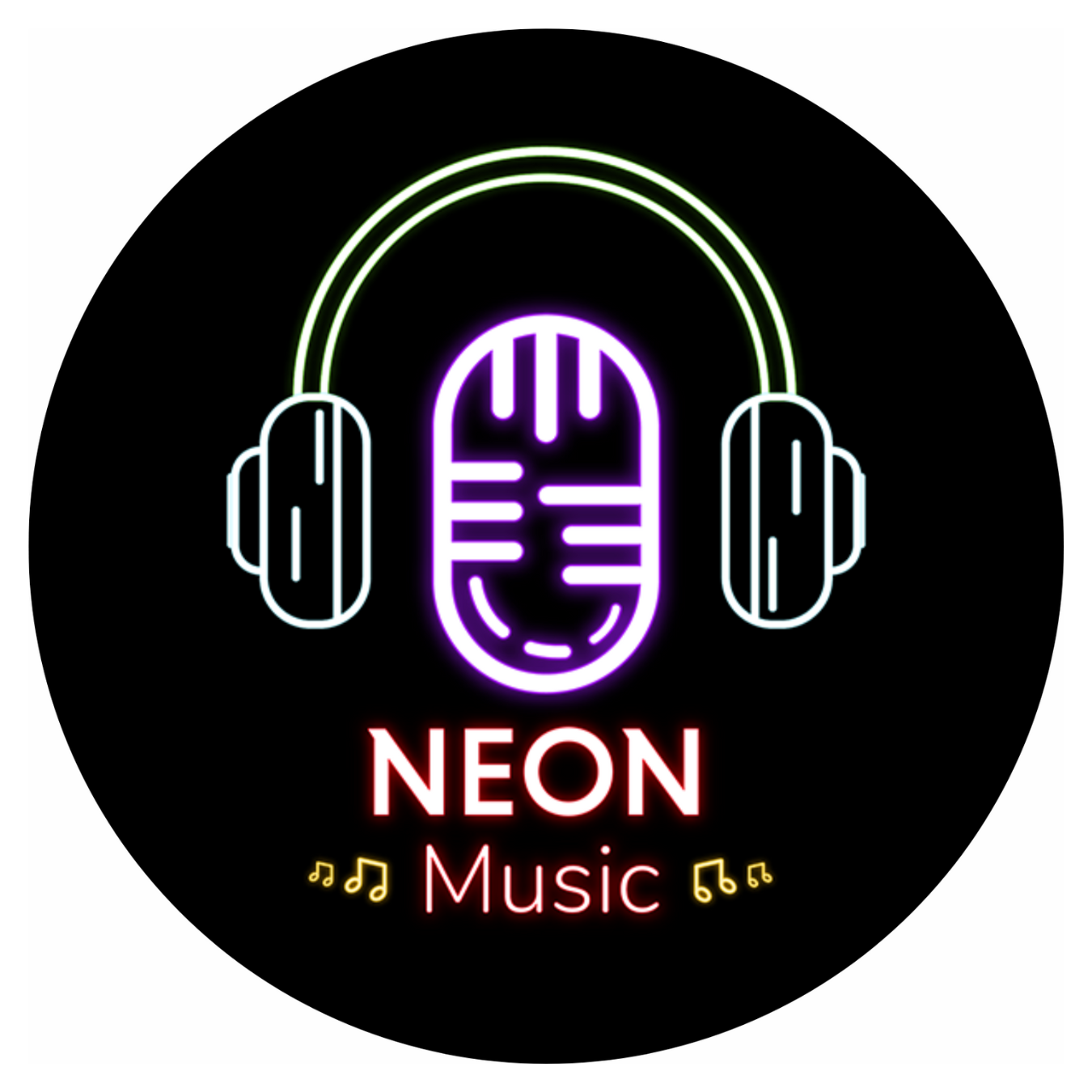Latin music moves mountains in the United States, commanding market attention and breaking consumption records.
The genre’s expansion, fuelled almost entirely by digital streaming, paints a picture of modern U.S. musical tastes shaped profoundly by global sounds.
This explosive commercial success recently collided head-on with political rhetoric when the Puerto Rican superstar Bad Bunny secured the headlining spot for the 2026 Super Bowl halftime show (ESPN).
This decision, celebrating a major figure who records almost exclusively in Spanish, immediately provoked a significant backlash from conservative figures, exposing national debates about immigration, citizenship, and representation in American popular culture (Rolling Stone).
The Statistical Surge: Latin Music Dominates Digital

The Recording Industry Association of America (RIAA) confirmed Latin music’s incredible financial momentum, reporting $490.3 million in U.S. revenue during the first half of 2025.
This revenue figure represents the 12th consecutive year of mid-year growth for the genre. Latin music claimed 8.8% of total recorded music revenue in the U.S. market in that period (RIAA mid-year Latin report).
Streaming technology almost single-handedly drives this dominance. Streaming formats account for a staggering 98% of all U.S.
Latin music revenue. Paid subscription streaming alone delivered $271.1 million to the genre during the first half of 2025.
This growth rate, nearly 6% over the previous year, outpaces the growth observed in the overall U.S. music market.
The RIAA now classifies Latin as the second-fastest growing genre in America.
Luminate data further illustrates this rapid consumption, showing that Latin music generated more than 28.9 billion U.S. On-Demand Audio streams in the first quarter of 2025.
The genre increased its volume by 7.6% over the same period in 2024, leading all core genres in share growth. Analysts calculate that more than one in every 12 U.S. song streams is Latin music.
Globally, Latin music’s expansion remains a significant story. Recorded music revenues in Latin America rose by 22.5% in 2024, maintaining its position as one of the fastest-growing regions worldwide and marking the 15th consecutive year of growth.
Streaming drives this success, accounting for 87.8% of recorded music revenues in the region. Mexico specifically climbed up the global rankings, overtaking Australia to become the world’s tenth-largest recorded music market in 2024.
Bad Bunny: The King of Consumption

Bad Bunny sits at the center of this streaming revolution. His project, Debí Tirar Más Fotos (DTMF), proved a commercial powerhouse right out of the gate in early 2025.
The album first debuted at No. 2 on the Billboard 200 after only five days of activity. It quickly jumped to No. 1 on the Billboard 200 the following week, giving the artist his fourth leader on the chart.
The streaming volume accompanying DTMF’s chart moves was immense. In its first full week of activity (ending Jan. 16, 2025), the album generated 264.03 million official on-demand streams of its songs, securing the largest streaming week for any Latin music album since his 2022 hit Un Verano Sin Ti.
Streaming accounted for the vast majority of its 203,500 equivalent album units earned in that week.
Bad Bunny’s digital dominance also translates into physical sales, signaling his ability to engage deeply committed fans.
When DTMF finally shipped its vinyl edition in May 2025, the album returned to No. 1 on the Billboard 200.
The vinyl purchases comprised more than half of the 84,500 equivalent album units earned that week.
Specifically, the album sold nearly 48,000 copies of its vinyl format, setting a new record for the largest sales week for a Latin music album on vinyl in the modern era.
His success generated a historic moment for the entire genre: the Billboard 200 chart dated May 17, 2025, featured two Spanish-language albums (Bad Bunny’s DTMF at No. 1 and Fuerza Regida’s 111XPANTIA at No. 2) holding the top two spots for the first time in the 69-year history of the all-genre list.
DTMF concurrently ruled the Top Latin Albums chart, continuing Bad Bunny’s streak as his ninth straight No. 1 project on that tally (Variety recap).
Digital Fuel: How Streaming and Social Platforms Propel Success
The current music industry operates largely through immediate digital distribution, and Latin music artists, particularly those in the Regional Mexican and Reggaeton scenes, excel at mastering this ecosystem.
Luminate data shows that platforms like TikTok act as important engines for music discovery and fan conversion. U.S. music super fans are almost twice as likely to be active on TikTok.
These “super fans” (defined as engaging with artists and music in five or more ways) spend more money on music monthly than the average U.S. super fan.
Furthermore, U.S. music listeners who use TikTok show themselves to be 68% more likely to use a paid music streaming subscription compared to the U.S. general population.
For the industry, this indicates a clear path from viral exposure to monetised streaming. Bad Bunny’s ability to chart heavily, with his latest album logging 15 debuts on the Hot Latin Songs chart immediately following release, demonstrates his control over these consumption habits (TikTok × Luminate Music Impact Report 2025.
Luminate also notes that Regional Mexican ranks among the top five subgenres showing growth in U.S. On-Demand Audio share point changes in the first half of 2025.
The success of Bad Bunny, alongside other stars like Fuerza Regida and Peso Pluma, confirms Latin music as one of the largest growth markets, driven by immense demand for these artists.
The Political Firestorm: Bad Bunny and the Super Bowl Stage
View this post on Instagram
The decision by Roc Nation, the NFL, and Apple Music to select Bad Bunny for the 2026 Super Bowl halftime show sparked an immediate and intense reaction from conservative commentators and political figures.
Bad Bunny’s performance will make history, becoming the first Super Bowl halftime show primarily in Spanish. Critics targeted this linguistic choice immediately.
Former President Donald Trump called the decision “absolutely ridiculous,” claiming, “I never heard of him. I don’t know who he is.”
The criticism focused heavily on Bad Bunny’s perceived lack of “Americanness,” a characterization that his supporters note ignores his status as a U.S. citizen.
MAGA YouTuber Benny Johnson criticised the selection, labeling the artist a “Massive Trump hater” and “Anti-ICE activist” who uses “No songs in English.”
Conservative group Turning Point USA organised a “counterprogram” called “The All-American Halftime Show,” intending to celebrate “faith, family, and freedom” during Bad Bunny’s performance.
They included options for followers to request “worship music, country, and anything in English” on their request form.
Understanding the Criticism: Perspectives on National Events
Critics of the decision have raised several concerns that extend beyond simple opposition to Bad Bunny as an artist.
Some argue that the Super Bowl, as America’s most-watched sporting event and a cultural touchstone, should feature performers who represent traditional American musical genres or who perform primarily in English.
This perspective holds that whilst Latin music’s commercial success is undeniable, the halftime show should reflect what they view as core American cultural traditions, particularly given the event’s association with American football and its historical role as a unifying national moment.
Others within the conservative movement express concern about what they perceive as the NFL’s pattern of making politically charged entertainment choices.
They point to previous halftime shows and pregame ceremonies that they believe have incorporated progressive political messaging, arguing that the Super Bowl should remain apolitical and serve as neutral ground for Americans of all political persuasions.
From this viewpoint, selecting an artist known for political activism (Bad Bunny has been vocal on Puerto Rican political issues and has criticised certain U.S. policies) continues a trend they find troubling.
Additionally, some critics argue that language accessibility matters for a broadcast that reaches over 100 million American viewers, many of whom do not speak Spanish.
They contend that whilst subtitles can provide translation, the immediate emotional connection of understanding lyrics in real-time is an important part of the halftime show experience.
These critics suggest that artists who perform primarily in Spanish might be better suited for other major events whilst reserving the Super Bowl for broader linguistic accessibility.
It’s worth noting that these perspectives exist within a larger context where surveys show significant portions of the American public hold concerns about immigration policy and cultural change.
Whilst Bad Bunny himself is a U.S. citizen from Puerto Rico, the criticism of his selection appears to intersect with broader anxieties about demographic shifts and national identity that extend beyond the artist himself.
The Enforcement Controversy
The controversy intensified when discussion turned to immigration enforcement at the event. Bad Bunny had previously expressed concerns that U.S. Immigration and Customs Enforcement (ICE) would target large gatherings of Latinos, and had decided to skip touring the continental U.S. for his Debí Tirar Más Fotos tour due to these concerns.
Trump adviser Corey Lewandowski, who supports the Department of Homeland Security, confirmed the intent to have enforcement presence at the event.
He stated that ICE agents “will have enforcement at the Super Bowl” for the Bad Bunny halftime show.
Lewandowski declared, “We will find you and apprehend you and put you in a detention facility and deport you,” emphasising that “there is nowhere you can provide safe haven to people who are in this country illegally.”
Homeland Security Secretary Kristi Noem later echoed these statements, warning that ICE would be “all over that place” and insisting that people should not attend the Super Bowl “unless they’re law-abiding Americans who love this country.”
These statements raised questions about targeted enforcement at cultural events and the potential chilling effect on attendance, even among legal attendees who might fear the atmosphere or fear for family members’ safety.
The Citizenship Argument: Puerto Rico and U.S. Identity
The political attacks on Bad Bunny often overlook the political reality of his birthplace, Puerto Rico, a U.S. territory. Bad Bunny is a U.S. citizen by birth.
The United States granted Puerto Ricans U.S. statutory citizenship on March 2, 1917, through the Jones-Shafroth Act.
The Immigration and Nationality Act defines Puerto Rico as part of the “United States,” meaning a person born there acquires U.S. citizenship just like someone born in any of the 50 states.
The Jones-Shafroth Act also separated Puerto Rico’s government into Executive, Judicial, and Legislative branches, establishing a bill of rights and a bicameral legislature.
This citizenship status resulted in mass migration to the U.S. mainland during the 1920s.
Despite this history, the controversy reveals a persistent misconception amongst critics regarding Puerto Rican identity.
When Bad Bunny chose to sit during “God Bless America” at a Yankees game, a handler allegedly explained the musician was upset because critics said he “should get a country singer who is an American,” and that they did not think Trump realised “that Puerto Rico is the United States.”
Lewandowski himself, whilst threatening ICE patrols, made the incorrect assertion that all Puerto Rican citizens were American citizens and therefore could not enter the U.S. illegally, suggesting a disconnect between the official legal status and the political rhetoric used in the debate.
Bad Bunny used his Saturday Night Live monologue to address the political storm, joking that “everyone is happy” about his Super Bowl gig, “even Fox News.”
He delivered a powerful statement in Spanish, dedicating the performance to “all the Latinos and Latinas in the whole world, and here in the United States,” claiming the moment demonstrates that “our mark and our contribution to this country will never be able to be removed or erased by anybody.”
He then challenged his critics in English: “If you didn’t understand what I just said, you have four months to learn” (People).
Other artists have publicly supported the choice. Fellow artist Shaboozey, known for his track “A Bar Song (Tipsy),” called Bad Bunny a “global superstar, global icon, and an American citizen,” asserting that “There’s no better choice.“
Jennifer Lopez, who previously performed at the Super Bowl halftime show, dismissed the controversy, saying Bad Bunny is “one of the top artists in the world right now” and predicting he will “blow everybody’s mind.” Lopez believes his music transcends language, asking critics to give him a chance.
The Bigger Picture
The data confirms Latin music has evolved from a niche category into a major U.S. market force, driven by digital accessibility and streaming adoption.
Artists like Bad Bunny do not just represent commercial success; they represent a fundamental shift in U.S. demographics and cultural tastes.
His selection for the Super Bowl highlights this cultural shift, making the global superstar a focal point for debates about national identity.
The heated public discussion surrounding his ethnicity, language, and politics, including statements about government enforcement at a major entertainment event, shows that while Latin music dominates the streaming charts, questions about representation and the definition of American culture in the national conversation remain actively contested.
Bad Bunny, a Puerto Rican U.S. citizen who commands global attention, steps onto the Super Bowl stage not just as a performer, but as a figure in the ongoing discussion over what “American” culture looks and sounds like in the twenty-first century.
You might also like:
-
Bad Bunny ‘DtMF’ (2025): How a Song About Photos Became a Cultural Touchstone
-
A Deep Dive into “Adivino” Lyrics by Myke Towers & Bad Bunny
-
Bad Bunny’s “El Clúb”: A Trippy Dive into Longing and Reflection
-
From TikTok Tease to Top Charts: The Journey of “Where She Goes” by Bad Bunny
-
Peso Pluma’s “Ella Baila Sola”: A Dance of Lyrics and Emotion


